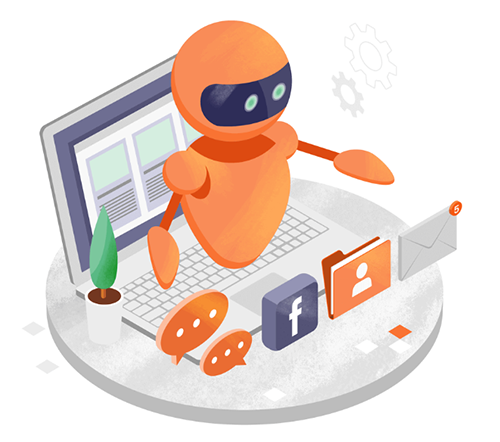
IT automation refers to the use of technology and software tools to automate and streamline repetitive and manual tasks in the field of Information Technology (IT). Automation can significantly improve efficiency, reduce errors, enhance scalability, and free up IT professionals to focus on more strategic and complex tasks. Here are some key aspects of IT automation:
Task Automation: IT automation involves automating various IT tasks and processes, such as system provisioning, software deployment, configuration management, patch management, backup and recovery, monitoring, and more.
Scripting and Programming: Automation is often achieved through scripting or programming using languages like Python, PowerShell, Bash, or specialized automation tools like Ansible, Puppet, or Chef. These scripts or tools execute predefined actions based on triggers or schedules.
Orchestration: Orchestration involves coordinating and automating multiple tasks or processes across different systems and technologies. For example, orchestrating the deployment of a new application might involve provisioning servers, configuring networking, installing software, and setting up databases, all in a coordinated manner.
Continuous Integration and Continuous Deployment (CI/CD): CI/CD pipelines automate the building, testing, and deployment of software applications. This ensures rapid and reliable software delivery and is a crucial aspect of DevOps practices.
Monitoring and Alerting: Automated monitoring tools continuously watch over IT systems and networks. When predefined conditions or thresholds are met, alerts or actions are triggered. Automation can remediate common issues or escalate problems to human operators as needed.
Security and Compliance: Automation can help ensure that security policies and compliance requirements are consistently enforced across IT environments. For example, automated security scans can identify vulnerabilities and initiate remediation actions.
Self-Service Portals: Providing self-service portals for end-users and IT teams can empower them to perform tasks like password resets, software installations, or resource provisioning without direct IT intervention.
Resource Scaling: Cloud-based infrastructure allows for auto-scaling, where resources are automatically provisioned or de-provisioned based on workload demands. This helps optimize resource utilization and cost efficiency.
Chatbots and AI: Chatbots and AI-powered systems can automate IT support by handling common user queries and tasks, such as troubleshooting issues, answering FAQs, or resetting passwords.
Workflow Automation: Creating workflow automation systems allows for the design and execution of complex, multi-step processes. This is often used in IT service management (ITSM) for incident and request management.
Data Management: Automation can assist in data backup, archiving, replication, and data migration tasks. It ensures data integrity and availability.
Benefits of IT automation include increased operational efficiency, reduced human error, faster response times, improved consistency, and enhanced scalability. However, it's essential to plan and implement automation carefully to avoid unintended consequences and to ensure that security and compliance are maintained.
Successful IT automation initiatives require a clear understanding of existing processes, a well-defined automation strategy, and ongoing monitoring and maintenance to adapt to changing needs and technologies.



